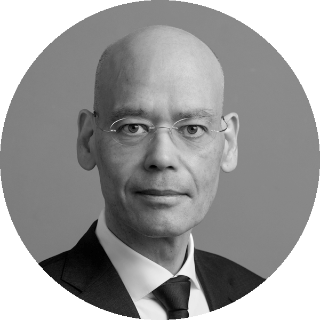Navigate the shift towards green steel production with key insights into the scrap steel supply market and sustainable practices. Stay ahead in the steel industry's transformation.
Addressing upstream emissions in stainless steel
![{[downloads[language].preview]}](https://www.rolandberger.com/publications/publication_image/25_2412_MMP_Stainless_steel_scope_3_emissions-(3)_download_preview.png)
Decarbonize the value chain to significantly reduce upstream Scope 3.1 emissions and the Product Carbon Footprint (PCF) of stainless steel. Steelmakers should investigate increasing scrap ratios, use of green and recycled ferroalloys.














